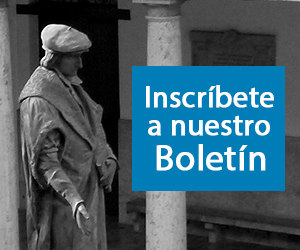Autor: Edgar Saiz Aznar. Prof. Derecho Mercantil, Universidad Internacional de Valencia (VIU), Abogado. Correo electrónico: edgar.saiz@sanzsolermann.com
Resumen: Con el surgimiento del software como industria independiente a finales de los años sesenta, se inició un debate respecto de cuál era la mejor disciplina jurídica para su protección. El presente artículo parte del análisis crítico del estado actual de protección de los programas de ordenador mediante los derechos de autor y su eficacia para la protección de este tipo de activos. A continuación, se aborda el estudio de la posibilidad de proteger los programas de ordenador mediante las llamadas invenciones implementadas por ordenador, para concluir si es posible lograr una protección eficaz del software a través de este cauce y en qué medida las mismas pueden llegar a constituir una patente de software.
Palabras clave: programas de ordenador; invenciones implementadas por ordenador; patente de software; protección de la funcionalidad; requisitos de patentabilidad
Abstract: With the emergence of software as an independent industry in the late 1960s, a debate began as to the best legal discipline for its protection. This article starts with a critical analysis of the current state of copyright protection of computer programs and its effectiveness for the protection of this type of asset. It then examines the possibility of protecting computer programs by means of so-called computer-implemented inventions, in order to conclude whether it is possible to achieve effective software protection through this channel and to what extent these inventions can constitute a software patent.
Key Words: computer programs; computer-implemented inventions; software patents; protection of functionality; patentability requirements
Sumario:
I. INTRODUCCIÓN.
II. LA PROTECCIÓN DEL SOFTWARE MEDIANTE LOS DERECHOS DE AUTOR. ¿SON LOS DERECHOS DE AUTOR UNA FORMA DE PROTECCIÓN ÓPTIMA?.
1. Ineficiencias de la propiedad intelectual en la protección y gestión del software
III. LA PATENTABILIDAD DEL SOFTWARE.
1. Argumentos a favor de la patentabilidad.
2. Argumentos en contra de la patentabilidad.
IV. LA PATENTABILIDAD DEL SOFTWARE EN EUROPA.
V. LOS REQUISITOS DE PATENTABILIDAD DE LAS INVENCIONES IMPLEMENTADAS POR ORDENADOR: LAS DECISIONES DE LA OFICINA EUROPEA DE PATENTES.
1. Requisitos de patentabilidad e invenciones implementadas por ordenador.
2. La patentabilidad del software a través de las invenciones implementadas por ordenador. Teoría del medio más función. La patente de conjunto.
3. Los iniciales Caso VICOM (T208/84), Caso Kock & Sterzel (T26/86), Caso IBM (T1173/97) y Patente EP954909 sobre compresión audio mp3.
4. Algunas patentes de invenciones implementadas por ordenador concedidas por la OEP y OEPM.
VI. CONCLUSIONES.
Revista indexada en SCOPUS (Q3), REDIB, ANVUR (Clase “A”), LATINDEX, CIRC (B), MIAR.
Referencia: Actualidad Jurídica Iberoamericana Nº 16 bis, junio 2022, ISSN: 2386-4567, pp. 2868-2897






